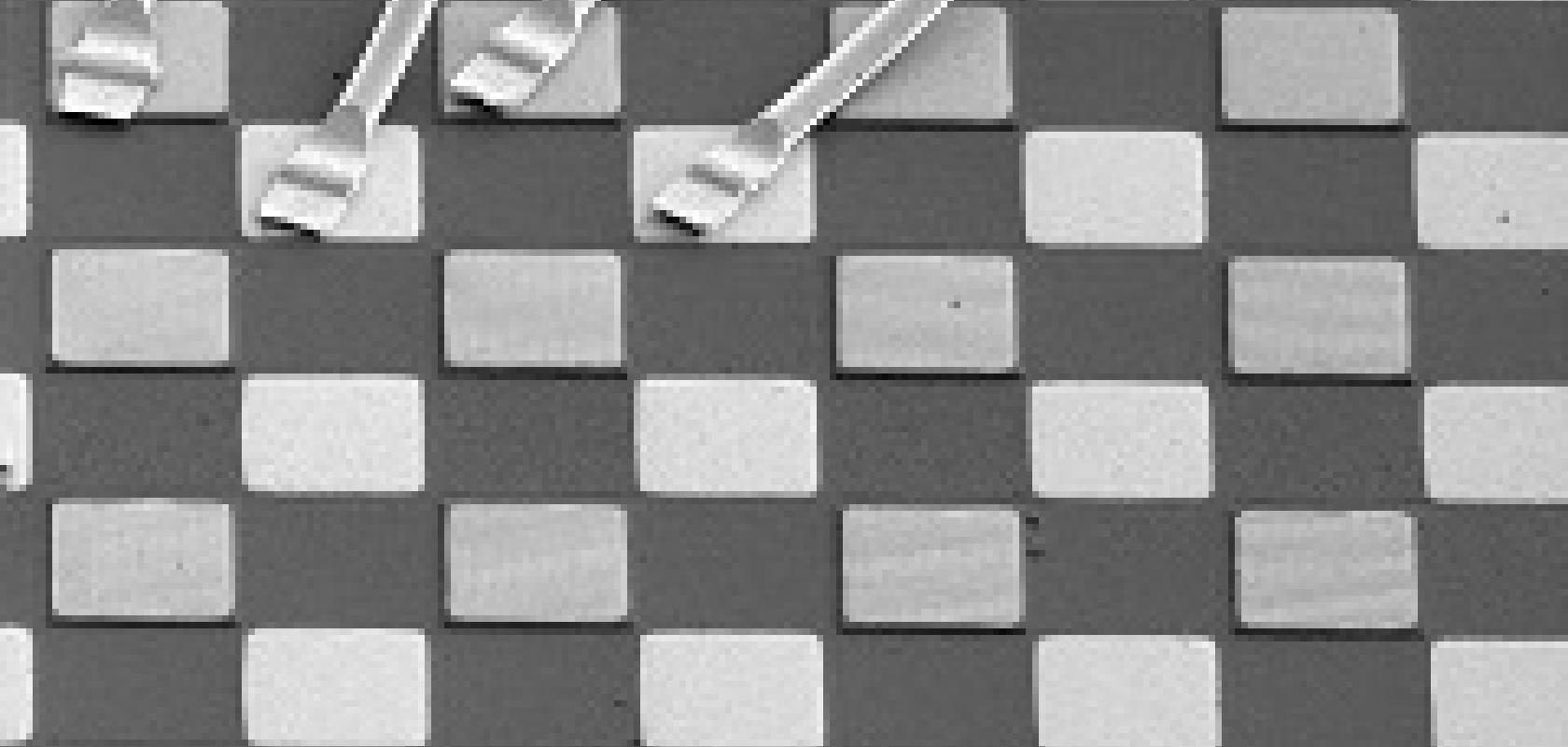A mid-infrared quantum cascade detector that could herald new portable spectral imaging devices has been developed by scientists at the TU-Wien Center for Micro- and Nanostructures in Austria.
The work, published in Optics Express, describes a new type of portable, field-friendly, mid-infrared detector that operates at room temperature. The operation wavelength of the detector opens a wide range of spectroscopy applications. In particular, search and rescue functions are envisioned by the authors of the paper.
‘[Room-temperature operation] is essential for detectors to be energy-efficient enough for portable and handheld applications,’ said Andreas Harrer of the TU-Wien Center for Micro- and Nanostructures, and the first author of the paper. ‘We want to pave the way to an infrared-detection technology which is flexible in design and meets all requirements for compact integrated field-applicable detection systems.’
The quantum cascade detectors (QCDs) described by Harrer and his colleagues consists of an 8 x 8 array of pixels, each approximately 110µm2. The device can be tuned by adjusting the well and barrier dimensions to a wavelength of 4.3µm.
According to Harrer, the number of pixels used in the QCD can be scaled up. ‘The growth and processing technology used can be adapted and extended to larger array dimensions and smaller pixel sizes,’ he said. ‘This is essential to achieve cost-effective high resolution imaging devices in the future.’
The 4.3µm wavelength detected by the QCD elements represents one of the three narrow wavelengths at which CO2 molecules absorb infrared radiation. Harrer envisions ‘unmanned search and rescue robots that detect disaster victims, for example, based on the CO2 content of their exhaled breath,’ as a future application for the device.
The 4.3µm wavelength also lies within the mid-infrared region used to identify many compounds by their chemical fingerprint. This identification is very exact, and will be enhanced through the use of QCD detectors.
Further Information:


